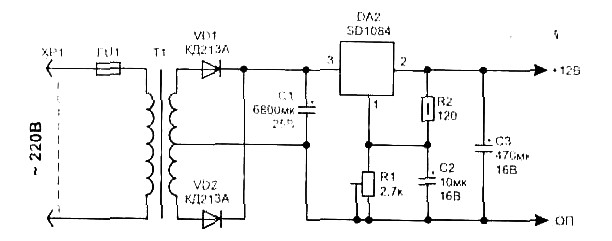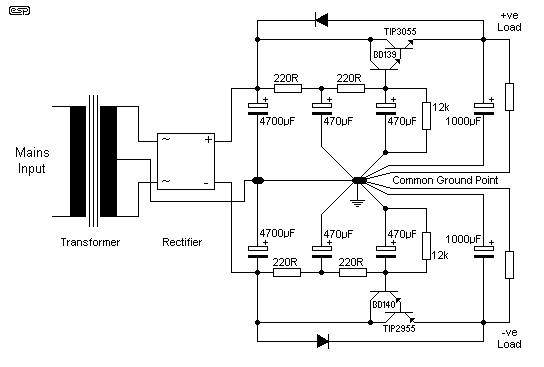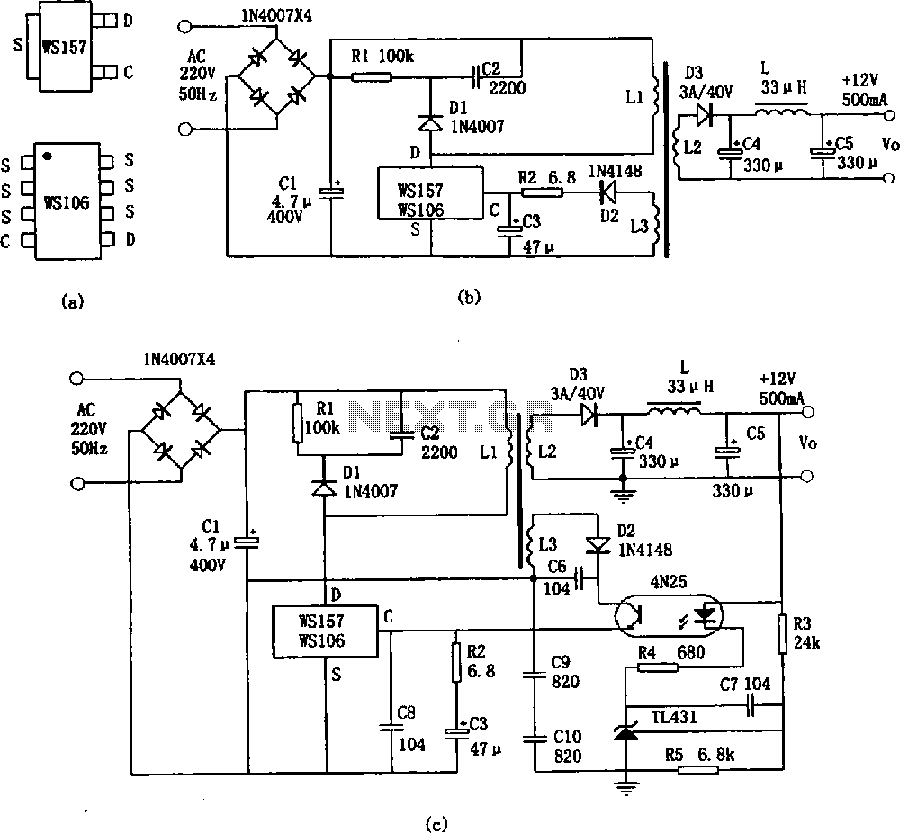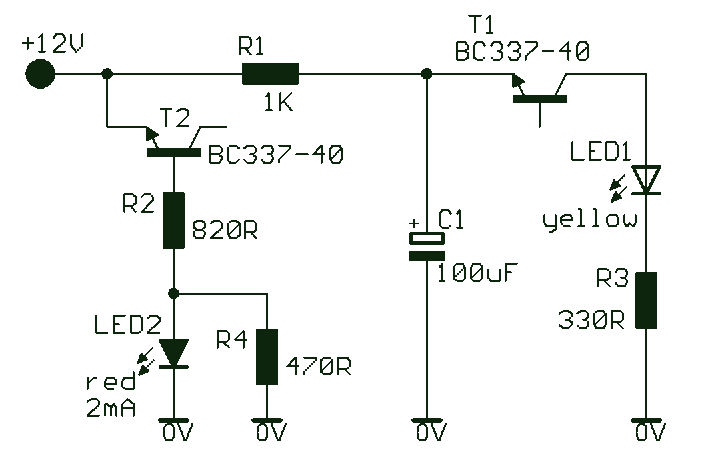
Dual supply for audio amplifiers
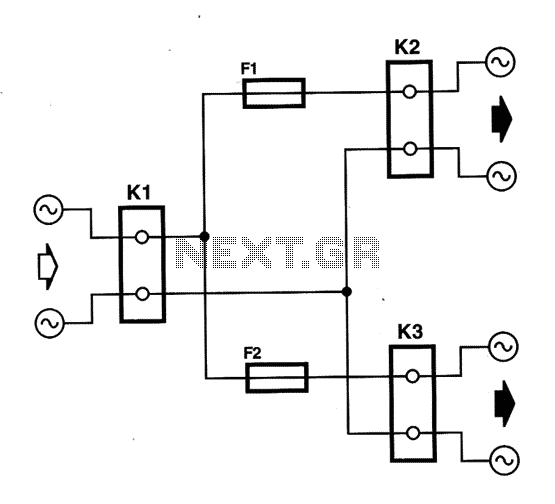
Most amplifiers operate at acoustic frequencies, sometimes requiring two or even three transformers instead of a single power transformer. This approach is more prevalent in high-end amplifiers, where enthusiasts often prioritize high fidelity over cost. In these setups, the primary transformers are connected to a 220V power network, typically in parallel through a single circuit breaker linked to the nearest outlet. A challenge arises with this configuration concerning the circuit protection. If the amplifier incorporates two transformers, one of them is assigned to one channel (or generally a specific set of circuits), and if a third transformer is present, it serves solely to provide circuit protection and control for the other transformers.
The only circuit breaker that should be calculated must withstand the sum of the currents; it will trip if the current exceeds this limit, such as in the event of a short circuit in one of the circuits feeding the three transformers. However, what causes the breaker to trip? Identifying the cause may require various measurements or, alternatively, a keen sense to detect burnt components in the amplifier. The small circuit board, which includes minimal components as shown in the accompanying photo, allows for the connection of two different transformers (or general loads) through two separate circuit breakers. Because this simple circuit does not incorporate a ground connection, it should only be installed within grounded devices and not as an external circuit.
In high-end amplifier designs, the use of multiple transformers enhances audio fidelity by isolating different frequency ranges or channels, thus reducing interference and cross-talk between them. Each transformer serves a specific purpose, with dedicated circuitry that optimizes performance for its assigned channel. The circuit protection mechanism is crucial, as it safeguards the components from overcurrent conditions that may arise during operation.
When designing the power supply section, it is vital to ensure that the transformers are rated appropriately for the expected load. The selection of circuit breakers should also be based on the maximum current draw of the transformers, taking into account any potential inrush currents that could occur during startup. Additionally, the layout of the circuit board must facilitate proper heat dissipation, as transformers can generate significant heat during operation.
In terms of grounding, the absence of a ground connection in this design necessitates careful consideration. It is essential to ensure that all components are housed within a grounded enclosure to prevent electrical shock hazards and to maintain overall system stability. The use of separate circuit breakers for each transformer not only enhances safety but also allows for easier troubleshooting in the event of a failure.
Overall, this configuration exemplifies the complexity and attention to detail required in high-end amplifier designs, where achieving optimal sound quality is paramount, and every component plays a critical role in the overall performance of the system.Most amps acoustic frequencies that make our readers, instead of a transformer power, sometimes required two or sometimes three. This tactic is more common in amplifiers 'High-End', where the altar of high fidelity are all eager to sacrifice their economies.
In these cases the primary, all connected to the network of 220V, paralleled each other yet, through a single security, the nearest outlet. The problem that arises in such a connection is related with as such security. If the amplifier has two transformers, then the defendant one of them leads by one channel (or more generally a set of circuits), and if available, and a third, he'll have as sole purpose supplying circuit protection and control of others.
The only security that should be calculated to withstand the sum of the currents, will burn when it comes current exceeds said limit example where short circuit in one of the circuits that feed the three transformers. But what above all is what caused the 'burnt' it? To find it we should do quite a few measurements or if you have a good nose to smell the components of our amplifier.
The small plaque with the few materials that appear in the photo, allowing the voltage network must be two different transformers (or general cargo) through two separate insurance. Because this simple circuit does not provide for the presence of land, you should place only within grounded devices rather than as an external circuit.
🔗 External reference
The only circuit breaker that should be calculated must withstand the sum of the currents; it will trip if the current exceeds this limit, such as in the event of a short circuit in one of the circuits feeding the three transformers. However, what causes the breaker to trip? Identifying the cause may require various measurements or, alternatively, a keen sense to detect burnt components in the amplifier. The small circuit board, which includes minimal components as shown in the accompanying photo, allows for the connection of two different transformers (or general loads) through two separate circuit breakers. Because this simple circuit does not incorporate a ground connection, it should only be installed within grounded devices and not as an external circuit.
In high-end amplifier designs, the use of multiple transformers enhances audio fidelity by isolating different frequency ranges or channels, thus reducing interference and cross-talk between them. Each transformer serves a specific purpose, with dedicated circuitry that optimizes performance for its assigned channel. The circuit protection mechanism is crucial, as it safeguards the components from overcurrent conditions that may arise during operation.
When designing the power supply section, it is vital to ensure that the transformers are rated appropriately for the expected load. The selection of circuit breakers should also be based on the maximum current draw of the transformers, taking into account any potential inrush currents that could occur during startup. Additionally, the layout of the circuit board must facilitate proper heat dissipation, as transformers can generate significant heat during operation.
In terms of grounding, the absence of a ground connection in this design necessitates careful consideration. It is essential to ensure that all components are housed within a grounded enclosure to prevent electrical shock hazards and to maintain overall system stability. The use of separate circuit breakers for each transformer not only enhances safety but also allows for easier troubleshooting in the event of a failure.
Overall, this configuration exemplifies the complexity and attention to detail required in high-end amplifier designs, where achieving optimal sound quality is paramount, and every component plays a critical role in the overall performance of the system.Most amps acoustic frequencies that make our readers, instead of a transformer power, sometimes required two or sometimes three. This tactic is more common in amplifiers 'High-End', where the altar of high fidelity are all eager to sacrifice their economies.
In these cases the primary, all connected to the network of 220V, paralleled each other yet, through a single security, the nearest outlet. The problem that arises in such a connection is related with as such security. If the amplifier has two transformers, then the defendant one of them leads by one channel (or more generally a set of circuits), and if available, and a third, he'll have as sole purpose supplying circuit protection and control of others.
The only security that should be calculated to withstand the sum of the currents, will burn when it comes current exceeds said limit example where short circuit in one of the circuits that feed the three transformers. But what above all is what caused the 'burnt' it? To find it we should do quite a few measurements or if you have a good nose to smell the components of our amplifier.
The small plaque with the few materials that appear in the photo, allowing the voltage network must be two different transformers (or general cargo) through two separate insurance. Because this simple circuit does not provide for the presence of land, you should place only within grounded devices rather than as an external circuit.
🔗 External reference
